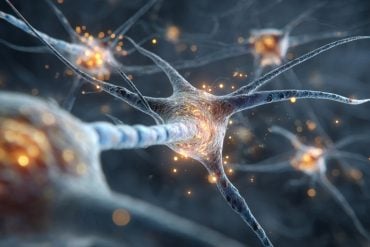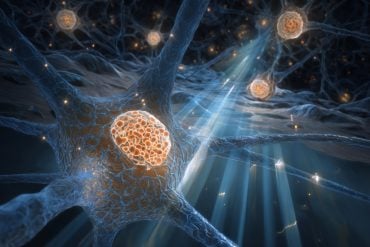Researchers at the University of Leeds have shed light on a gene mutation linked to autistic traits.
The team already knew that some people with autism were deficient in a gene called neurexin-II. To investigate whether the gene was associated with autism symptoms, the Leeds team studied mice with the same defect.
They found behavioural features that were similar to autism symptoms, including a lack of sociability or interest in other mice.
Dr Steven Clapcote, Lecturer in Pharmacology in the University’s Faculty of Biological Sciences, who led the study published in the journal Translational Psychiatry today, said: “In other respects, these mice were functioning normally. The gene deficiency mapped closely with certain autism symptoms.”
Dr Clapcote added: “This is exciting because we now have an animal model to investigate new treatments for autism.”
The researchers also looked at how the absence of neurexin-II was affecting the brain.
Co-author Dr James Dachtler, Wellcome Trust Junior Investigator Development Fellow in the Faculty of Biological Sciences at Leeds, said: “We found that the affected mice had lower levels of a protein called Munc18-1 in the brain. Munc18-1 usually helps to release neurotransmitter chemicals across synaptic connections in the brain, so neurotransmitter release could be impaired in the affected mice and possibly in some cases of autism.”

Research by Professor Thomas Südhof, a Nobel prize-winning biochemist at Stanford University, previously established a link between autism symptoms and neuroligin-1, another gene associated with synapse signalling. The Leeds-led study is the first to find a connection with neurexin-II.
Dr Clapcote said: “Not all people with autism will have the neurexin-II defect, just as not all will have the neuroligin defect, but we are starting to build up a picture of the important role of genes involved in these synapse communications in better understanding autism.”
The research was funded by the Medical Research Council and by the Wellcome Trust’s Institutional Strategic Support Fund.
Contact: Press Office – University of Leeds
Source: University of Leeds press release
Image Source: The image is adapted from the University of Leeds press release
Original Research: Full open access research for “Deletion of α-neurexin II results in autism-related behaviors in mice” by J Dachtler, J Glasper, R N Cohen, J L Ivorra, D J Swiffen, A J Jackson, M K Harte, R J Rodgers and S J Clapcote in Translational Psychiatry. Published online November 25 2014 doi:10.1038/tp.2014.123
Deletion of α-neurexin II results in autism-related behaviors in mice
Autism is a common and frequently disabling neurodevelopmental disorder with a strong genetic basis. Human genetic studies have discovered mutations disrupting exons of the NRXN2 gene, which encodes the synaptic adhesion protein α-neurexin II (Nrxn2α), in two unrelated individuals with autism, but a causal link between NRXN2 and the disorder remains unclear. To begin to test the hypothesis that Nrxn2α deficiency contributes to the symptoms of autism, we employed Nrxn2α knockout (KO) mice that genetically model Nrxn2α deficiency in vivo. We report that Nrxn2α KO mice displayed deficits in sociability and social memory when exposed to novel conspecifics. In tests of exploratory activity, Nrxn2α KO mice displayed an anxiety-like phenotype in comparison with wild-type littermates, with thigmotaxis in an open field, less time spent in the open arms of an elevated plus maze, more time spent in the enclosure of an emergence test and less time spent exploring novel objects. However, Nrxn2α KO mice did not exhibit any obvious changes in prepulse inhibition or in passive avoidance learning. Real-time PCR analysis of the frontal cortex and hippocampus revealed significant decreases in the mRNA levels of genes encoding proteins involved in both excitatory and inhibitory transmission. Quantification of protein expression revealed that Munc18-1, encoded by Stxbp1, was significantly decreased in the hippocampus of Nrxn2α KO mice, which is suggestive of deficiencies in presynaptic vesicular release. Our findings demonstrate a causal role for the loss of Nrxn2α in the genesis of autism-related behaviors in mice.
“Deletion of α-neurexin II results in autism-related behaviors in mice” by J Dachtler, J Glasper, R N Cohen, J L Ivorra, D J Swiffen, A J Jackson, M K Harte, R J Rodgers and S J Clapcote in Translational Psychiatry doi:10.1038/tp.2014.123.







